Art World
Can Petitions Change the Art World? Looking at 14 Recent People-Power Campaigns and How They Fared
Just how successful is an online petition at enacting change?
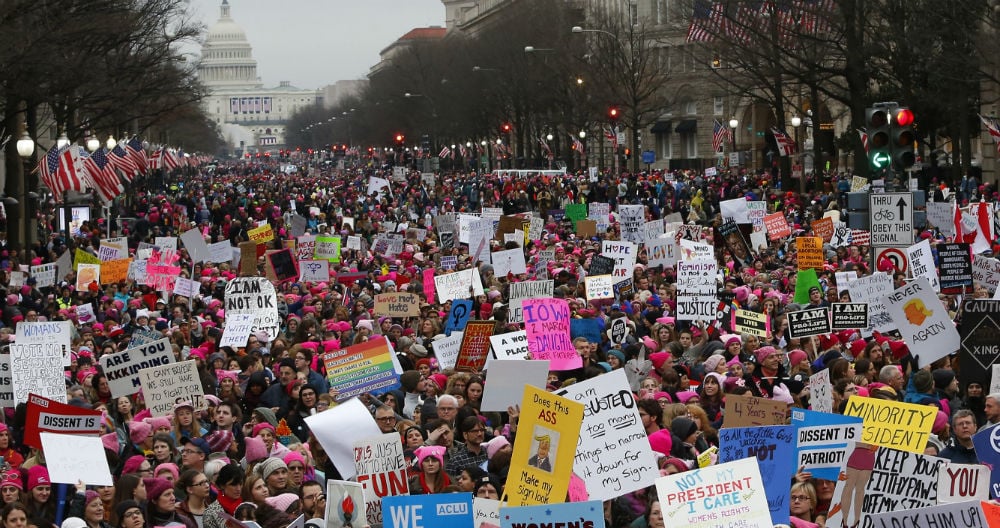
Just how successful is an online petition at enacting change?

by
Caroline Goldstein

Issues of political and social debate are often at the forefront of art-world activism. Some of the most contentious issues have spurred both art-world figures and members of the general public to take action, often employing online petitions to rally people to their cause. This virtual activism has proliferated in recent years, and while not all proposals yield immediate results, there is no doubt that many of the campaigns are helping to enact change. Here’s a roundup of the headline-grabbing calls to action since 2017.
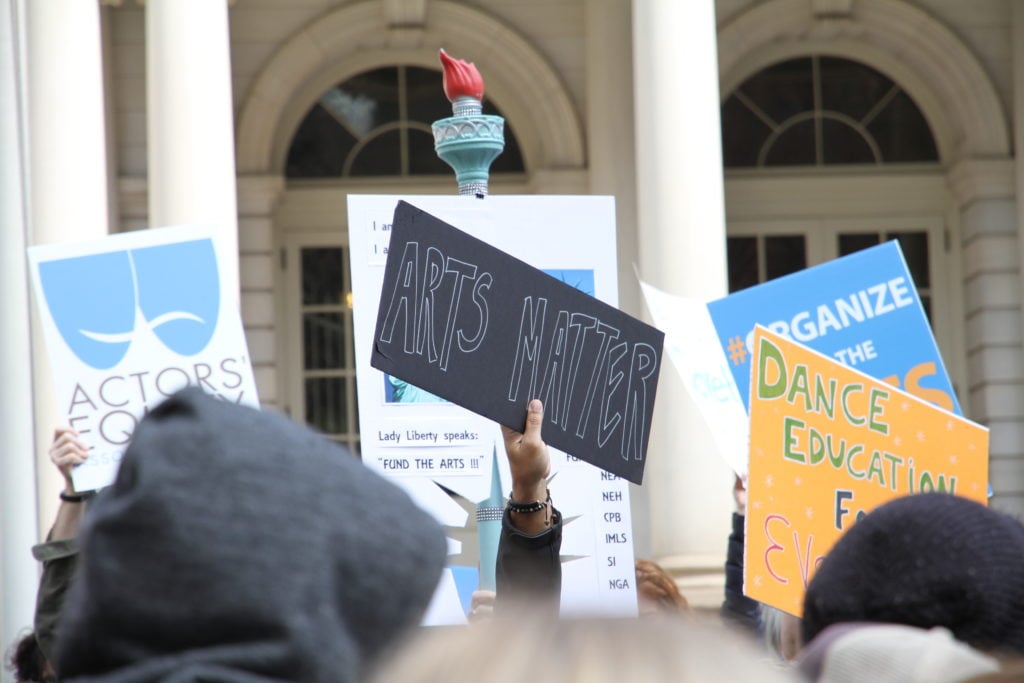
Protestors hold signs in protest of proposed cuts to culture funding by the Trump administration. Photo by Henri Neuendorf.
Timeline: January–March 2017
The Issue: In 2017, artists including Jasper Johns, Marina Abramović, Cindy Sherman, James Turrell, and Richard Serra banded together to demand that President Trump spare arts funding, following preliminary budget proposals that would eliminate the National Endowment for the Arts and the National Endowment for the Humanities.
Signatures to Date: 224,348
Outcome: The petition launched by PEN America garnered more than 200,000 signatures, and the arts community’s worst fears were allayed when the budget finally agreed upon provided funding for the cultural organizations—for now. This month, Trump again proposed zeroing out funding for the NEA and NEH in 2019. It remains to be seen whether another petition will be launched to oppose the latest proposal.
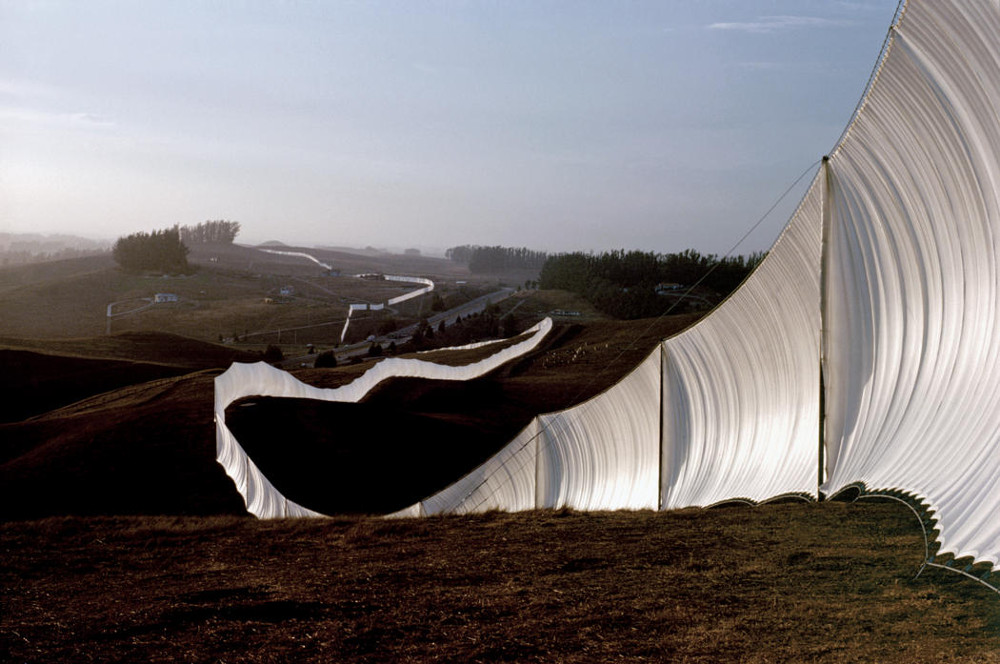
Christo and Jeanne-Claude’s Running Fence, Sonoma and Marin Counties, California, 1972-76. | Photo: Wolfgang Volz. © 1976 Christo.
Timeline: January 2017
The Issue: The New York-based artist Luis Camnitzer launched a petition calling for President Trump to commission installation artist Christo to design the proposed border wall between Mexico and the United States. The wall would take the shape of an orange fence in the manner of Running Fence (1972–76), created by Christo with his late wife and creative partner, Jeanne Claude.
Signatures to Date: 1,317
Outcome: Alas, nothing ever came of it. Also, it turns out it’s really expensive to build a 2,000-mile border wall.

El Sexto on the streets of Havana following his release from maximum-security prison. Photo courtesy Pollock Fine Art London.
Timeline: November 2016–January 2017
The Issue: This campaign was an international cry to release the artist and political activist Danilo Maldonado Machado, known as “El Sexto,” who was taken from his home in Havana and detained without explanation. El Sexto is an outspoken anti-Castro street artist who was arrested in 2014 for artworks that featured pigs painted with the names of Raúl and Fidel Castro.
Signatures to Date: 13,763
Outcome: The petition prompted Amnesty International to join the call for urgent action, deeming the artist a “prisoner of conscience.” In January 2017, El Sexto was released from the maximum security prison.
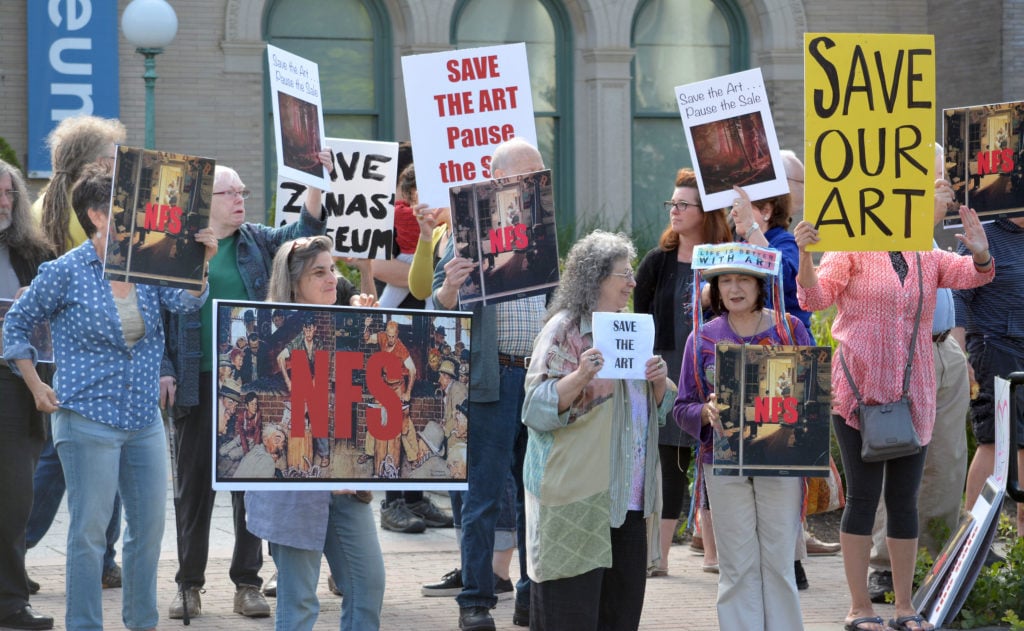
About 40 people protested the selling of artwork by the Berkshire Museum to fund the institution’s expansion and create an endowment, in front of the museum on Saturday, August 12, 2017. Photo: © Gillian Jones/ Berkshire Eagle.
Timeline: August 2017–February 2018
The Issue: Stop the Berkshire Museum from financing future operating expenses and funding an endowment by selling off 40 pieces of art, including two multi-million dollar works by Norman Rockwell. Amid public outcry, Rockwell’s sons also brought a lawsuit against the museum, claiming that their father donated the paintings so that they would remain on display in the Western Massachusetts town.
Signatures to Date: 2,177
Outcome: After months of legal battles, the Massachusetts Attorney General and the Berkshire Museum finally reached an agreement: the sale of all 40 works will take place, but with a stipulation that, after the proceeds hit $55 million, the museum can no longer sell any more work. Another notable aspect of the resolution: Rockwell’s Shuffleton’s Barbershop will remain on public display, thanks to an unnamed nonprofit institution that stepped in and agreed to buy the painting.
Although the legal skirmish is resolved, the court case and public response have ignited a flurry of debate within the art world about the ethics of deaccessioning artworks for capital gain.
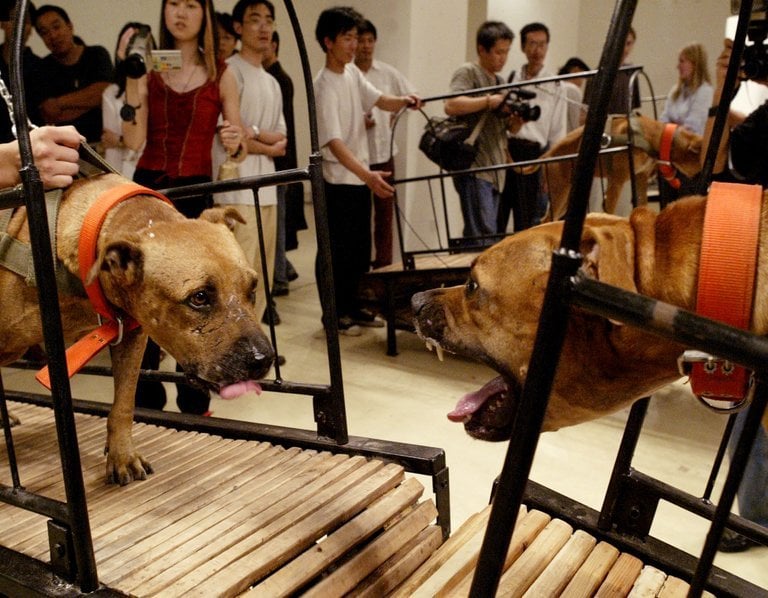
Sun Yuan and Peng Yu’’s Dogs That Cannot Touch Each Other. Courtesy of Galleria Continua, San Gimignano, Beijing, Les Moulins, Habana.
Timeline: September 2017
The Issue: The Guggenheim’s much-anticipated survey of contemporary Chinese art got off to a rocky start when activists rallied against some artworks in the show. As part of “Art and China after 1989: Theater of the World,” the museum planned to include three artworks featuring either live animals or documentation of live animals in distress. In one of the most divisive works, a video showed four pairs of American Pit Bulls tethered to treadmills facing each other; as per their training, they struggled to get at each other, to the point of exhaustion. This petition called on the Guggenheim to remove all the artworks featuring live animals from the show and commit to cruelty-free art.
Signatures to Date: 817,099
Outcome: As you might expect, PETA called on the museum to pull the works. Less than a week after this petition was launched amid public outcry—and, according to the museum, death threats against museum staff—the museum removed the works, a move that was also criticized. This time, critics targeted the institution for censoring art.
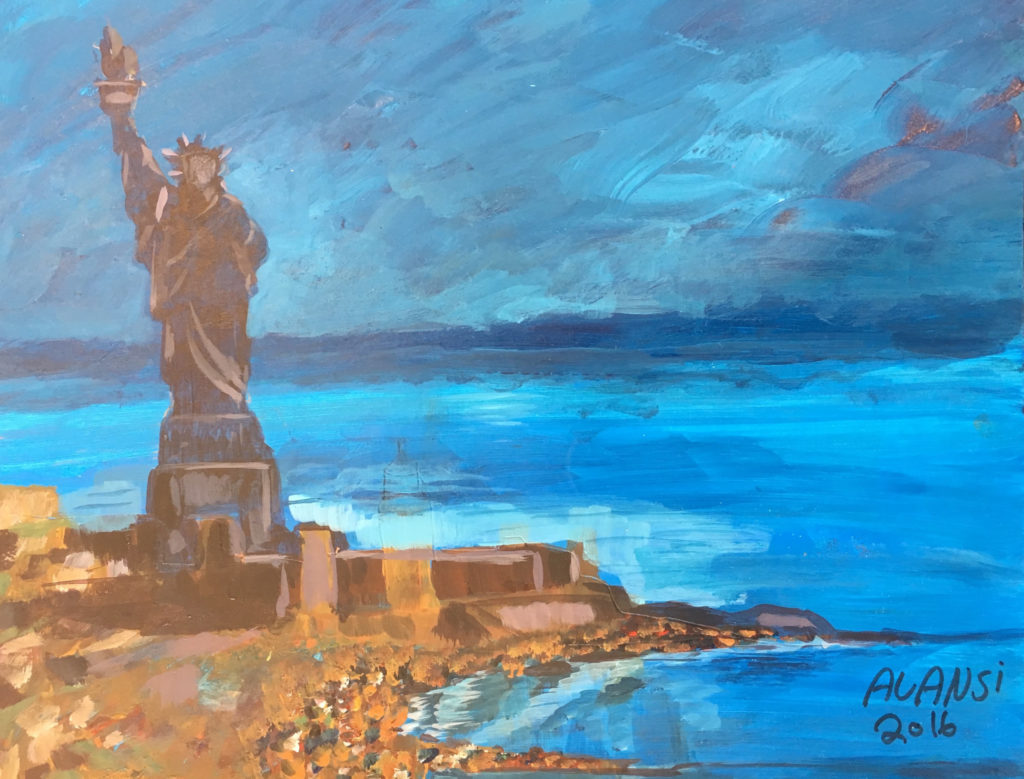
Muhammad Ansi’sTitanic (Recalled from Viewing during Interrogation), 2016. Courtesy of John Jay College of Criminal Justice.
Timeline: October 2017–
The Issue: Last fall, a debate emerged over the exhibition “Ode to the Sea,” at New York’s John Jay College of Criminal Justice, featuring artwork created by prisoners at the US prison at Guantánamo Bay. The Department of Defense abruptly announced that art created by wartime captives is US property and stopped artworks from leaving the prison. The DOD sought to shut down “Ode to the Sea” and destroy the art, according to the Miami Herald. Prisoners began making art in 2009, which the International Red Cross would help send to prisoners’ lawyers and family members after it was thoroughly vetted and cleared for release.
Signatures to Date: 1,931
Outcome: The DOD’s new policy has contributed to a significant decline in attendance at the prison’s art classes, according to lawyers for the detainees who spoke to Hyperallergic. The future of the art program at Guantánamo Bay remains unknown.
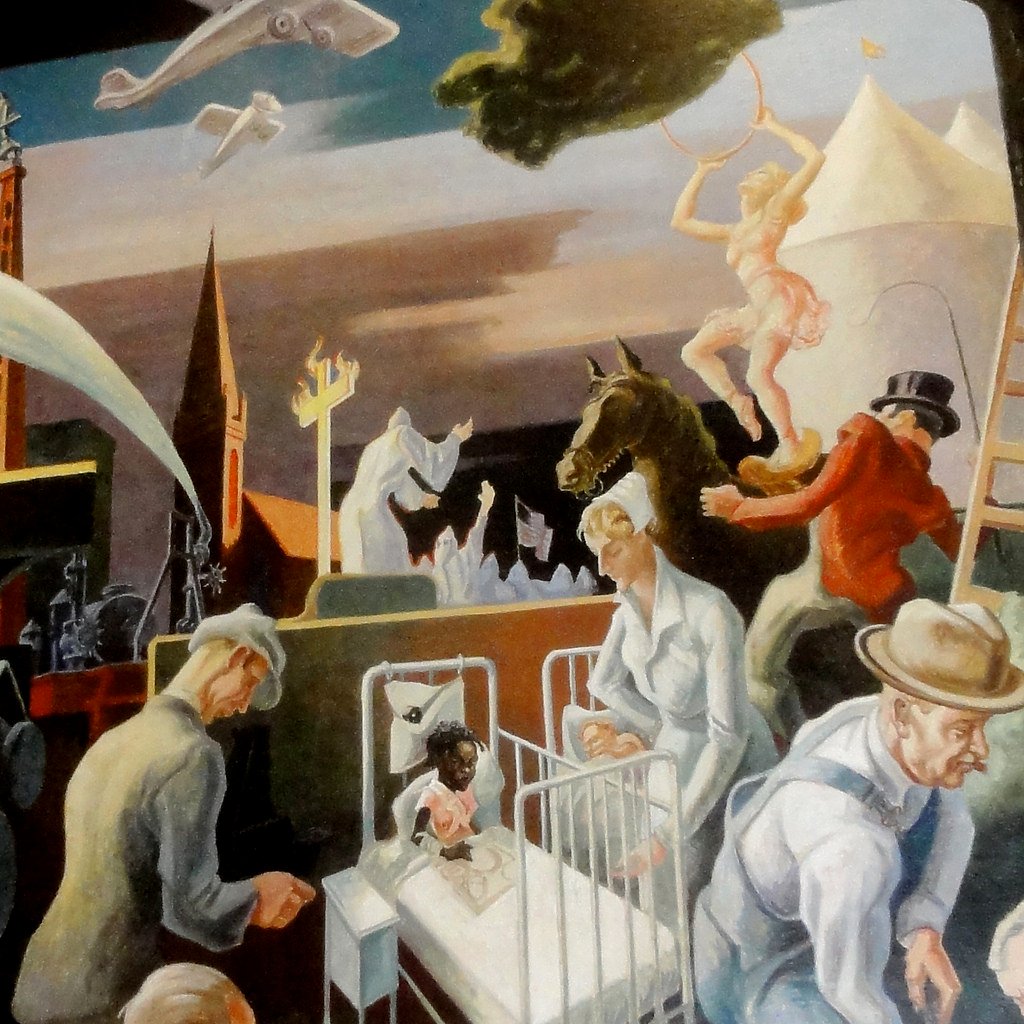
Thomas Hart Benton’s A Social History of Indiana, “Parks, the Circus, the Klan, the Press” (1933), detail, at the University of Indiana. Courtesy of Bart Everson, via Creative Commons.
Timeline: October–November 2017
The Issue: Students at the University of Indiana made headlines when they called for the removal of Thomas Hart Benton’s mural A Social History of Indiana (1933), which includes a panel depicting members of the Ku Klux Klan. The mural hangs prominently in the University’s largest lecture hall, which, the students claim, violates the school’s diversity policy by subjecting students and faculty of color to offensive and discriminatory material.
Signatures to Date: 1,723
Outcome: In November, the university announced it would use the room containing the mural only for non-academic activities. Academics and historians noted that Benton’s mural was in fact a critique of the Ku Klux Klan, and that it paid homage to a Pulitzer Prize-winning story that exposed state ties to the Klan.
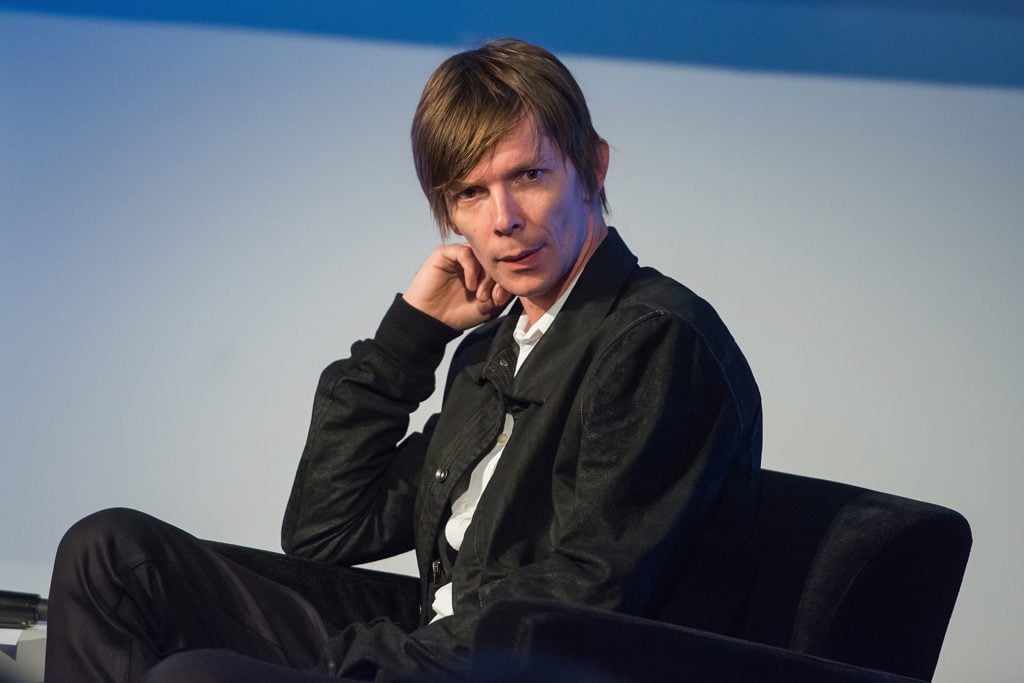
documenta 14 artistic director Adam Szymczyk. Photo by Michael Stewart/Getty Images
Timeline: December 2017–
The Issue: The 14th edition of the German quinquennial ruffled feathers from the start. Artistic director Adam Szymczyk’s ambitious decision to stage the show across two countries—the usual location of Kassel, and at a second site in Athens—led to dire financial straits, requiring an emergency $9.5 million bailout from the event’s shareholders. The financial crisis led to public skirmishes between members of the board of supervisors and those who participated in the show, resulting in a petition accusing the board of placing profit and Euro-centrism above its core mission to be a “radical exhibition” that facilitates the spread of new ideas and artwork.
Signatures to Date: 310
Outcome: The strongly worded petition was signed by more than 250 art-world heavyweights including Christian Boltanski, Sam Durant, and Stanley Whitney, though it remains to be seen how the quinquennial will move forward in light of the 14th edition’s problems.

Balthus’s Thérese Dreaming (1938). © 2017 Artists Rights Society (ARS), New York. Courtesy the Metropolitan Museum of Art
Timeline: November–December 2017
The Issue: A visitor to the Metropolitan Museum started a Care 2 petition criticizing the museum for “proudly displaying” Balthus’s 1938 painting, Thérese Dreaming, which, it claims, sexualizes a prepubescent girl—unacceptable in the #MeToo era, say the petitioners. They called on the museum to either the remove the work or note that some viewers may find it offensive.
Signatures to Date: 11,594
Outcome: Launched on November 30, the petition racked up almost 9,000 signatures in its first week. The Met responded that the work would remain on display, and continue to prompt “informed discussion and respect for creative expression.”
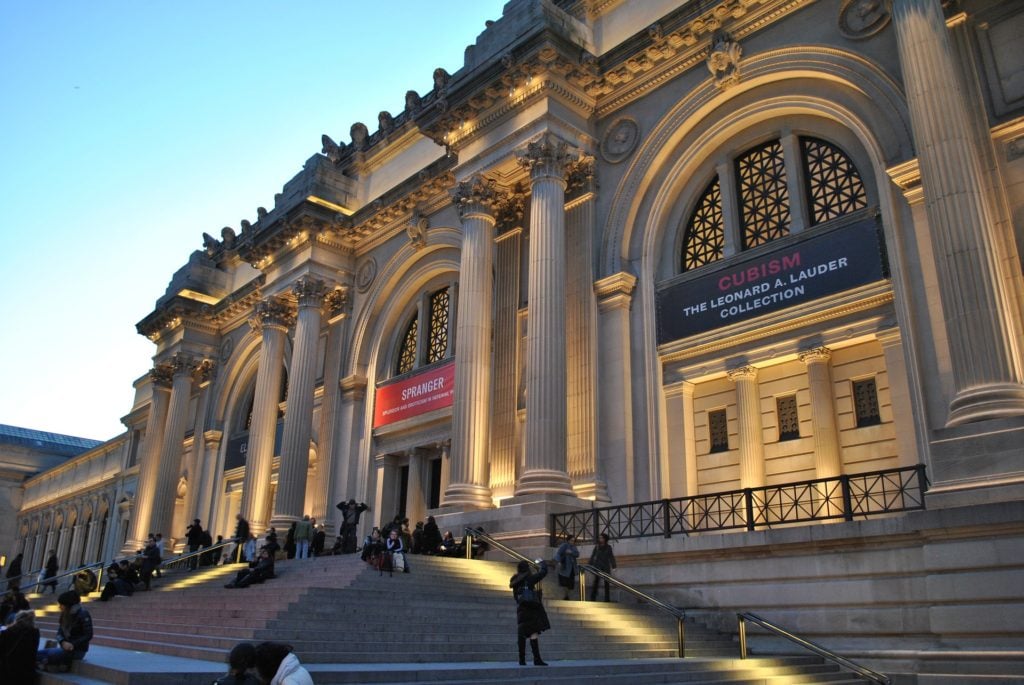
The Metropolitan Museum of Art. Image courtesy of Pixabay.com.
Timeline: January 2018–
The Issue: The news at the beginning of this year that the Metropolitan Museum would change its admission policy for the first time in 50 years sparked immediate and intense outrage far beyond the New York art world. The longstanding “pay-what-you-wish” policy remains in place for New York residents and students from the tri-state area, but out-of-state visitors will be charged a $25 admission fee (with reduced fees for seniors and students). A California resident created a petition calling on the museum to reconsider the “classist and nativist policy” and maintain the existing policy.
Signatures to Date: 27,618
Outcome: Despite the resistance, the new policy is on track to take effect come March 1.
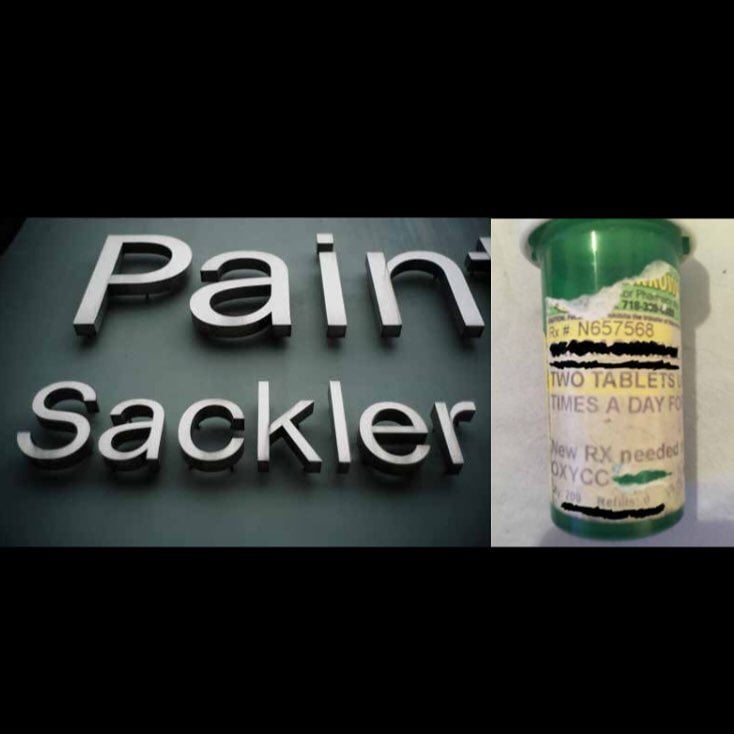
Nan Goldin’s Pain/Sackler, Royal College of Art, London (2017) and Oxy Script (2017). Photo courtesy Nan Goldin/Artforum, 2017.
Timeline: January 2018–
The Issue: The Sackler family is well known for its art philanthropy, bankrolling cultural institutions from New York to London—and they also happen to own Purdue Pharma, the manufacturer of OxyContin. Reports published in October 2017 detailed how the Sackler fortune was built on profits from the highly addictive opioid, which in turn prompted the photographer Nan Goldin to launch a petition targeting the Sacklers through her organization, Prescription Addiction Intervention Now (PAIN), inspired by her personal struggle with addiction.
Signatures to Date: 29,537
Outcome: The petition calls for art organizations to stop accepting further donations from the Sacklers, and for the family to fund treatment and rehabilitation centers and increase education and community awareness of the opioid crisis. In a response to artnet News, Purdue Pharma’s executive director of communications said that the company “would welcome an opportunity to sit down with Ms. Goldin and discuss her ideas.”

The border wall prototypes as seen from the Mexican side of the border. Photo courtesy of Christoph Büchel.
Timeline: January 2018–
The Issue: The artist-provocateur Christoph Büchel called for President Trump’s border wall prototypes to be designated as national monuments and preserved as valuable aesthetic objects. Büchel likens the structures to earthworks created by artists like Donald Judd, and to further his idea he is hosting public tours of the structures beginning near the Museum of Contemporary Art San Diego (MCASD).
Signatures to Date: 421
Outcome: In addition to a scathing letter describing Büchel’s tours as xenophobic, a counter-petition disputing the provocateur’s claims was signed by over 400 people. In response, the Museum of Contemporary Art San Diego clarified that it was not affiliated with or involved with Büchel’s project, though Hauser & Wirth, who represents the artist, has yet to respond.
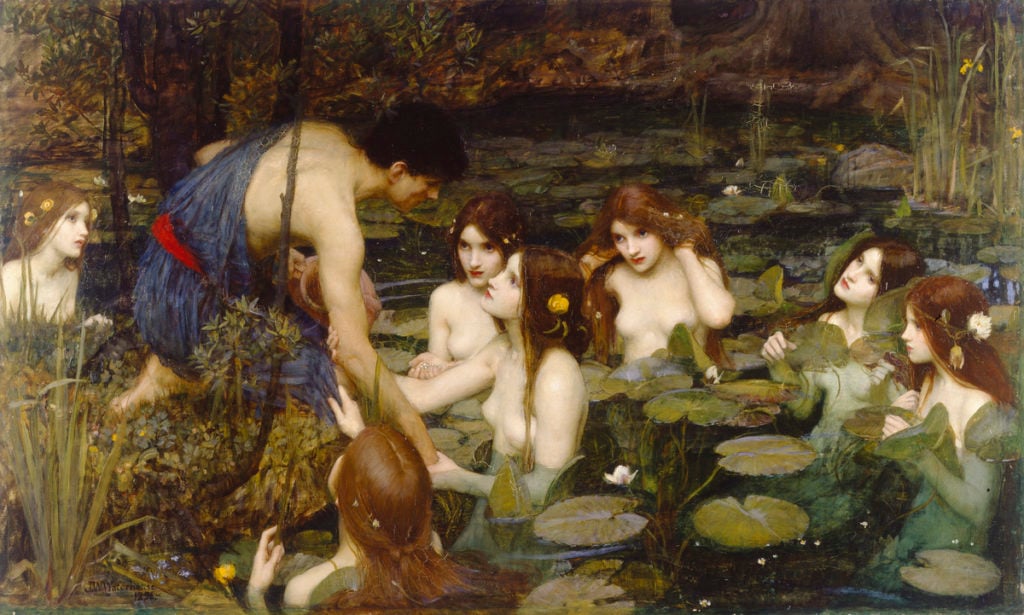
John William Waterhouse’s Hylas and the Nymphs (1869). Public Domain.
Timeline: February 2018
The Issue: John William Waterhouse’s 19th-century painting Hylas and the Nymphs, depicting “romanticized” female nudes, was removed from public display at the Manchester Art Gallery, prompting one visitor to take action. An artist removed the work (with the museum’s permission) as part of a project investigating historical depictions of gender and sexuality in the wake of the international #MeToo movement. The petition’s author claims that, regardless of its intent, the museum’s decision to remove the painting constitutes censorship.
Signatures to Date: 1,088
Outcome: The Manchester Art Gallery first defended its curatorial decision to “challenge a Victorian fantasy” but swiftly heeded the public outcry, and reinstalled the Pre-Raphaelite work after just one week.
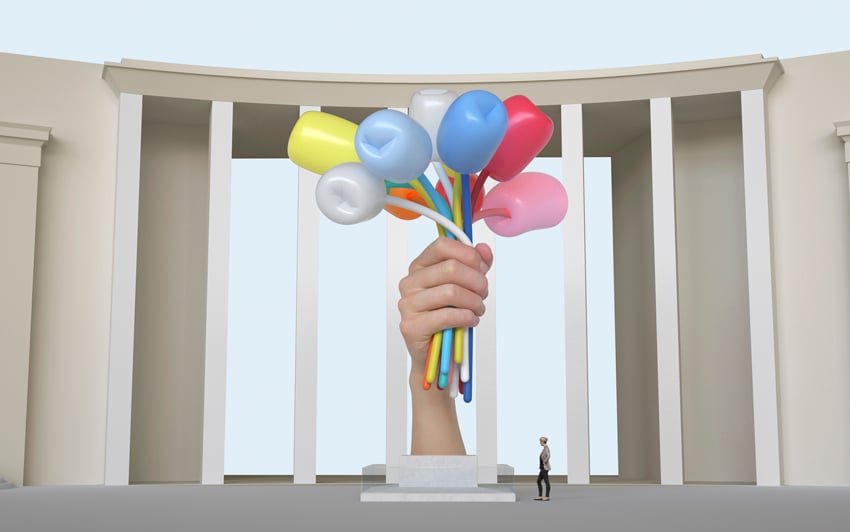
Rendering of Bouquet of Tulips (2017). ©Jeff Koons. Courtesy of Noirmontartproduction.
Timeline: February 2018–
The Issue: A polarizing memorial by Jeff Koons, gifted to Paris to honor victims of the 2015 terror attacks, has been fraught with controversy since it was unveiled two years ago. The candy-colored flower design was widely criticized, culminating in an open letter published in the French newspaper Libération that decried the work as kitschy and an act of “product placement.” The letter was signed by 24 leading figures of the French arts and design community. A few weeks later, critics took aim at the memorial’s proposed location, in front of the Palais de Tokyo. The petition argues that the Tokyo square is a public area that should remain free for visitors and is often used by nearby art museums for temporary sculptures.
Signatures to Date: 8,106
Outcome: Despite the wave of criticism, there are no known plans to change any aspect of the project. In early February, Koons met with the French culture minister to discuss the memorial, but no details of the meeting have been made public.